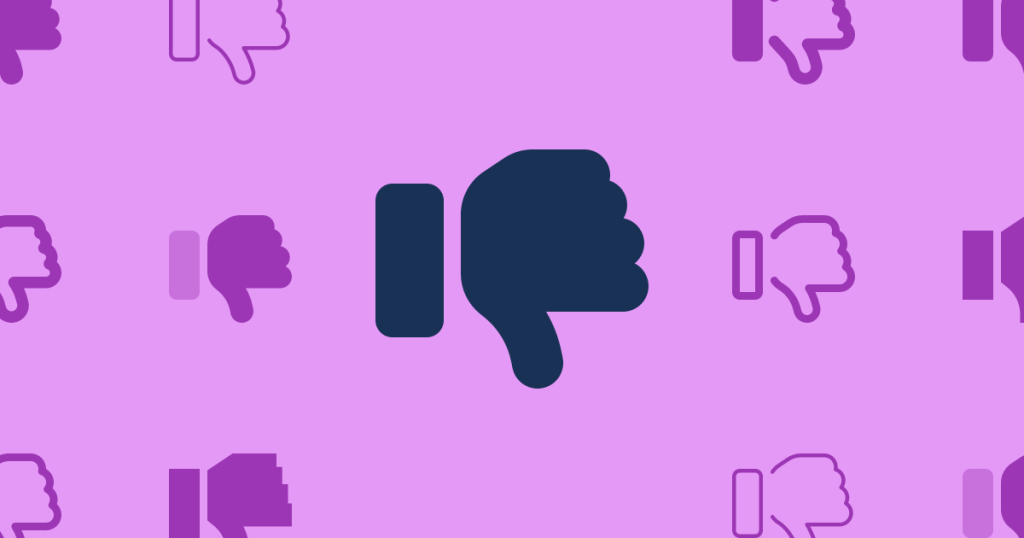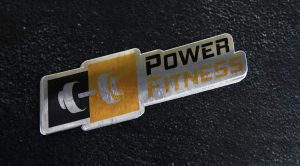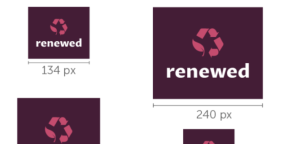Are you tired of seeing bad logos? You know, those logos that make you cringe and wonder how they ever made it past the design stage? Well, you’re not alone. Many people have experienced the disappointment of seeing a poorly designed logo that fails to represent a company or brand in a positive light.
A logo is an essential aspect of any business or organization. It is the face of the brand and represents its values, mission, and identity. A well-designed logo can make a lasting impression on customers and help build brand recognition. However, a bad logo can have the opposite effect, turning customers away and damaging a brand’s reputation. In this article, we will explore the topic of bad logos, what makes a logo bad, and how to avoid designing one.
Why Bad Logos Matter
Your logo is often the first thing that potential customers see when they interact with your brand. A bad logo can have a significant impact on your brand image and customer perception. In this section, we’ll explore why bad logos matter and how they can affect your business.
Impact on Brand Image
Your logo is a crucial part of your brand identity. It’s the visual representation of your brand and can influence how customers perceive your business. A bad logo can make your brand look unprofessional, outdated, or cheap. This can negatively impact your brand image and make it difficult to attract new customers.
On the other hand, a well-designed logo can help establish your brand as trustworthy, innovative, and memorable. It can make your brand stand out from the competition and create a positive impression on potential customers.
Influence on Customer Perception
Your logo can also influence how customers perceive your products or services. A bad logo can make customers assume that your products or services are of low quality, untrustworthy, or outdated. This can lead to a decrease in sales and difficulty in establishing a loyal customer base.
A well-designed logo, on the other hand, can create a positive association with your brand and products. It can help build trust with potential customers and encourage them to choose your products or services over the competition.
In conclusion, a bad logo can have a significant impact on your business. It can harm your brand image, negatively influence customer perception, and ultimately lead to a decrease in sales. It’s important to invest in a well-designed logo that accurately represents your brand and creates a positive impression on potential customers.
Common Traits of Bad Logos
When it comes to bad logos, there are a few common traits that tend to stand out. In this section, we’ll explore some of these traits and what makes them so detrimental to a logo’s success.
Overly Complex
One of the biggest mistakes that designers make when creating logos is trying to do too much. Overly complex logos can be difficult to read and remember, which can make them ineffective at representing a brand. When a logo is too complicated, it can also be difficult to reproduce across different mediums, such as on business cards or websites.
Unoriginal Design
Another common trait of bad logos is unoriginal design. When a logo looks like it was copied from another brand, it can damage the credibility of the brand it’s representing. Unoriginal logos are also less likely to be memorable, which can make it difficult for a brand to stand out in a crowded market.
Inappropriate Font Choices
The font you choose for your logo can have a big impact on how it’s perceived. Fonts that are difficult to read or don’t match the tone of the brand can make a logo appear unprofessional or unappealing. It’s important to choose a font that’s easy to read and matches the personality of the brand.
Overall, these traits can be detrimental to the success of a logo. By avoiding overly complex designs, striving for originality, and choosing appropriate fonts, you can create a logo that effectively represents your brand.
Famous Examples of Bad Logos
If you’re looking for examples of bad logos, you don’t have to look very far. There are plenty of famous logos that have been criticized over the years for their design flaws. Here are two notable examples:
Gap’s Logo Redesign Failure
In 2010, Gap tried to redesign their logo, but the new design was met with widespread criticism and ridicule. The new logo featured a plain sans-serif font with a small blue square sitting above the “p.” Many people felt that the new logo was too simple and lacked creativity.
To make matters worse, the company’s social media pages were flooded with negative comments from customers who were unhappy with the new design. Within a week, Gap had reverted back to their old logo.
London 2012 Olympics Logo Controversy
The logo for the 2012 Olympic Games in London was met with controversy and criticism when it was unveiled in 2007. The logo featured a jagged, abstract design with bold colors and a series of numbers and letters that spelled out “2012.
Many people felt that the logo was too busy and confusing, and that it didn’t accurately represent the spirit of the Olympic Games. Some critics even went so far as to call it “one of the worst Olympic logos ever.”
Despite the backlash, the logo remained in use throughout the 2012 Olympic Games. However, it’s unlikely that we’ll see a similar design in the future.
How to Avoid Bad Logos
Creating a logo is a crucial step in establishing your brand identity. A logo is the face of your brand, and it must be designed to reflect your brand’s values, personality, and purpose. A bad logo can harm your brand’s reputation and make it difficult for your target audience to connect with your brand. Here are some tips to help you avoid bad logos.
Importance of Simplicity
Simplicity is key when it comes to logo design. A simple logo is easy to recognize, memorable, and versatile. A complicated logo, on the other hand, can be confusing and difficult to reproduce. A simple logo is also more likely to stand the test of time. Avoid using too many colors, fonts, and design elements in your logo. Stick to a maximum of two or three colors, one or two fonts, and a simple design.
Significance of Relevance
Your logo must be relevant to your brand. It must convey your brand’s values, personality, and purpose. Your logo must also be relevant to your target audience. It must resonate with their needs, wants, and preferences. Research your target audience and understand what they expect from your brand. Use this information to design a logo that is relevant to your brand and your target audience.
Value of Originality
Your logo must be original. It must stand out from the crowd and be unique to your brand. Avoid using stock images, clip art, and generic design elements in your logo. Use original design elements that reflect your brand’s personality and purpose. A unique logo is more likely to be remembered and recognized by your target audience.
In summary, a good logo is simple, relevant, and original. Use these tips to design a logo that reflects your brand’s values, personality, and purpose, resonates with your target audience, and stands out from the crowd.
Conclusion
Congratulations! You have now learned what makes a bad logo and how to avoid common mistakes when designing your brand’s visual identity.
Remember, a logo is the face of your company and it should be memorable, timeless, and unique. It should accurately represent your brand’s values and mission.
When designing a logo, always keep in mind your target audience and the message you want to convey. Use appropriate colors, fonts, and symbols that resonate with your audience and reflect your brand’s personality.
Avoid using clip art or stock images, as they can make your logo look generic and unprofessional. Instead, invest in a professional graphic designer who can create a custom logo that is tailored to your brand’s needs.
Lastly, don’t be afraid to experiment with different design concepts and get feedback from others. A well-designed logo can make a huge impact on your brand’s success, so take the time to get it right.
Barry Edwards is a digital marketing expert with a deep understanding of content strategy, logo, and branding principles. Holding a Bachelor’s degree in Marketing from Beaconhill College, he offers valuable insights on digital marketing trends and strategies through his writing. Follow Barry’s work to stay updated on the latest in online marketing and branding.



